When Amtrak began operations in 1971, it inherited a mixed bag of locomotives and passenger cars from participating railroads. In order to survive, the decades-old equipment needed to be replaced. Amtrak’s first all-new locomotive was the General Motors’ Electro-Motive Division SDP40F.
This locomotive is now offered by Kato in N scale to pull the company’s Southwest Limited passenger train. This train, like the Amtrak prototype, features repainted Santa Fe Super Chief cars, including two newly tooled models – a Budd Pine-series 10-6 sleeper and Pullman-Standard 11-double-bedroom sleeper.
The SDP40F. General Motors’ Electro-Motive Division worked with Amtrak to develop a new locomotive and keep costs down. The SDP40F was based on the successful freight SD40-2. The passenger locomotive rides on a longer frame to accommodate a pair of Vapor OK-4625 steam generators and 3,500 gallons of water to supply steam heat for passenger cars. Water was carried both below the frame – the tank was split to carry 2,850 gallons of diesel fuel and 2,150 gallons of water – and at the rear of the engine compartment, where a tank held 1,350 gallons.
Amtrak was concerned about appearances, so the SDP40F has a cowl-style carbody. The shape resembles EMD’s earlier FP45 and F45 locomotives. Amtrak also specified EMD’s HTC three-axle truck and gearing to allow a top speed of 103 mph. A 3,000 horsepower 16-654E3 diesel engine powered the locomotive.
Amtrak ordered 150 units, numbered 500-649 and delivered in 1973 and 1974. The first 40 units had a pointed nose. Later units had a flat panel above and below the nose door. Though based on the long-lived SD40-2, the Amtrak units lasted less than a decade in passenger service, being phased out in 1981.
Problems with derailments resulted in host railroads imposing speed restrictions or bans on the SDP40F. Since the successful four-axle F40PHs followed soon after the six-axle units, Amtrak favored the F40PHs and never fully resolved the derailment issue.
Many of the locomotives were traded back to EMD as credit toward new F40PH locomotives, which were equipped with Head-End Power (HEP) to work with Amtrak’s new electrically heated and cooled Amfleet passenger cars. The remaining 18 SDP40Fs were traded to Santa Fe for switchers.
Car prototypes. The Kato set features two newly tooled passenger car designs: a Budd Co. Pine-series 10-roomette, 6-double-bedroom car and a Pullman-Standard 11-bedroom sleeper. The PS car was rebuilt in 1964 from a 24 duplex roomette sleeper, one of 11 similar cars on Amtrak’s early roster.
The models. Kato’s SDP40F matches all major dimensions on drawings in the 1974 Car and Locomotive Cyclopedia (Simmons-Boardman) and the August 1992 issue of Model Railroader. Paint matches photos of as-delivered Amtrak engines, except for a missing ACI label ahead of the Amtrak arrow on the sides.
The nose matches the early production pointed prow, where the panels above and below the door come to a point. Windshield wipers and the side window trim are painted silver. The HTC trucks have molded-on snubbers and brake cylinders.
Grab irons are molded in place on the body shell. The handrails at the rear of the locomotive are molded plastic.
The split frame fills most of the space under the hood, adding weight to the model. The printed-circuit lighting board rides atop the frame. The motor and drivetrain, which powers all wheels, is sandwiched between the frame halves. Drop-in Digital Command Control (DCC) decoders are available from Digitrax and Train Control Systems. Kato also offers the models with custom-installed ESU LokSound DCC decoders.
The passenger cars matched published dimensions, and the window arrangements matched published photos. The silver paint was evenly applied, and the red, white, and blue striping was sharp. The flush-mounted windows are printed with black gaskets or stainless-steel trim as appropriate.
All wheels were in gauge and all couplers were at the correct height. All of the cars were too light compared to National Model Railroad Association recommended practice 20.1. The baggage car weighed 1 ounce, .3 ounce too light. The other cars, all models of 85-foot cars, weighed between .2 and .4 ounce less than the recommended practice of 1.5 ounces. The cars can be lighted with Kato’s no. 11-211/212 Version 2 Interior Light Kit.
On the test track. The Kato SDP40F is a direct-current locomotive. On the test track, the engine started creeping at less than 1 scale mph at 1.8V. By 12V, it was zipping along at 209 scale mph, well above the full-size locomotive’s top speed. Drawbar pull of .96 ounce is equivalent to 23 free-rolling freight cars, or about 12 passenger cars.
The SDP40F had no trouble pulling the eight-car Southwest Limited set around our N scale Red Oak project layout. To pull the combined Southwest Limited and El Capitan train would likely require a second locomotive, but fortunately, Kato offers the SDP40F in multiple road numbers for just such an occasion.
With its good looks, smooth operation, and pulling power, Kato’s SDP40F could well outlast the prototype.
Price: SDP40F, $125 (DC, no sound), $250 (custom-installed DCC, sound); Amtrak Southwest Limited 8-car set, $230
Manufacturer
Kato U.S.A. Inc.
100 Remington Road
Schaumburg, Il 60173
www.katousa.com
Era: 1971-1981, passenger cars; 1973-1981, SDP40F
Roadname: Amtrak, phase I and phase 2, two road numbers each
Features
Locomotive:
▪▪5-pole motor with flywheels
▪▪All-wheel electrical pickup
▪▪Blackened metal wheels, in gauge
▪▪Directional golden white light-emitting diode headlights
▪▪Illuminated factory-printed numberboxes
▪▪Kato magnetic knuckle couplers, body-mounted at correct height
▪▪Weight: 5.6 ounces
Passenger car set:
▪▪Kato magnetic knuckle couplers, truck-mounted at correct height
▪▪Low-flange metal wheels, in gauge





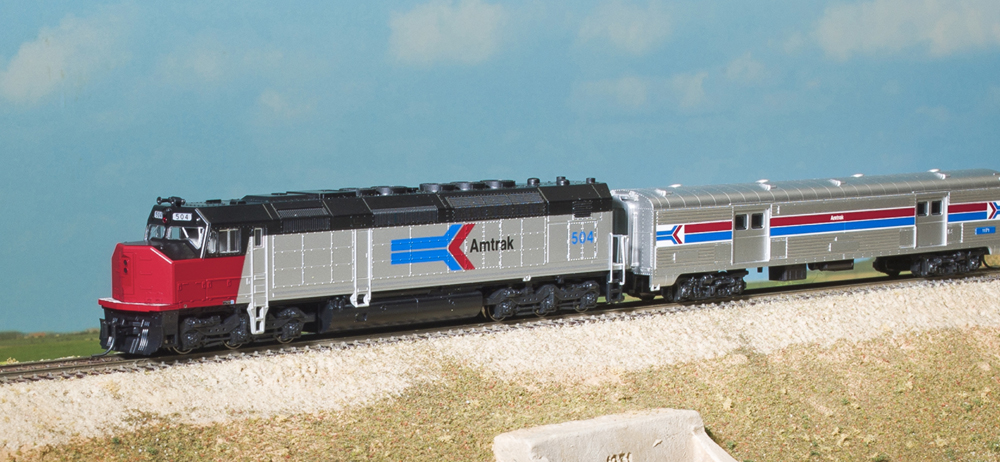
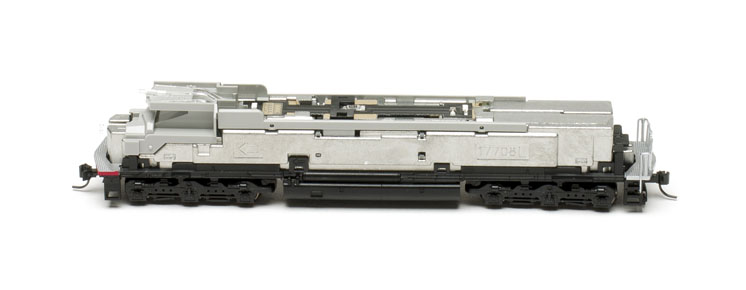
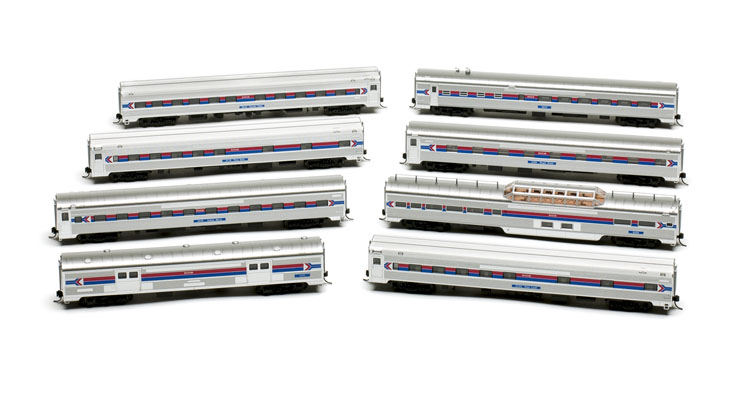
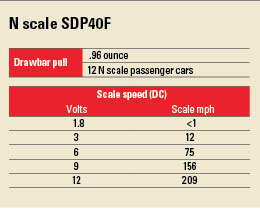

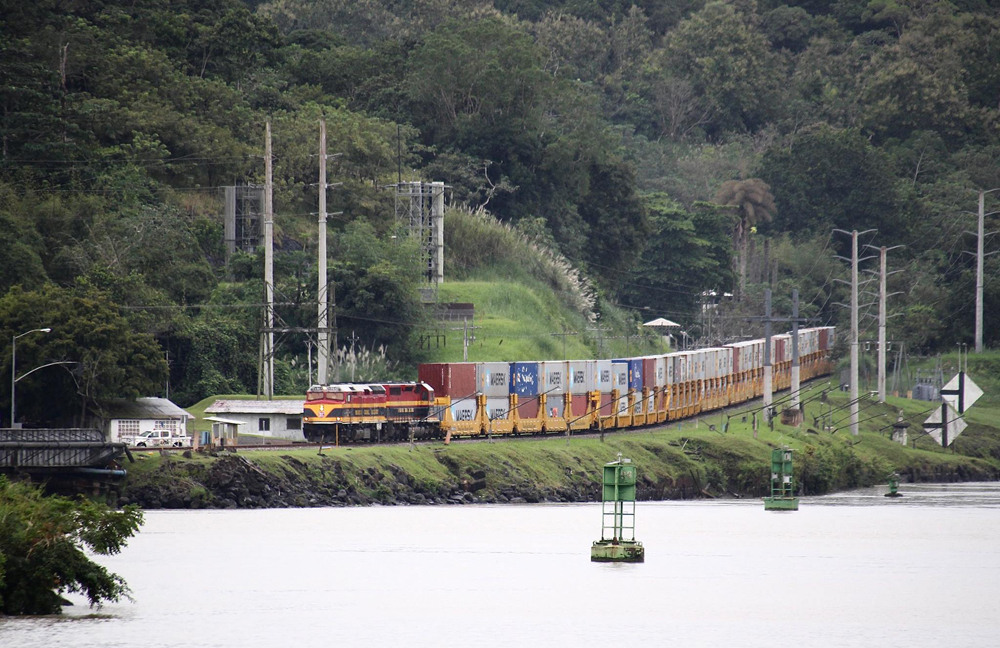
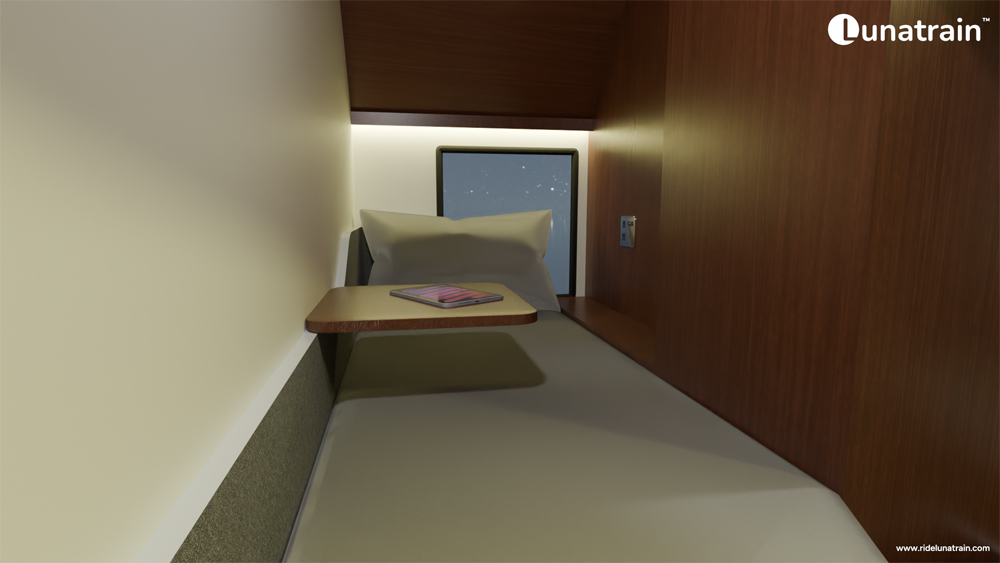
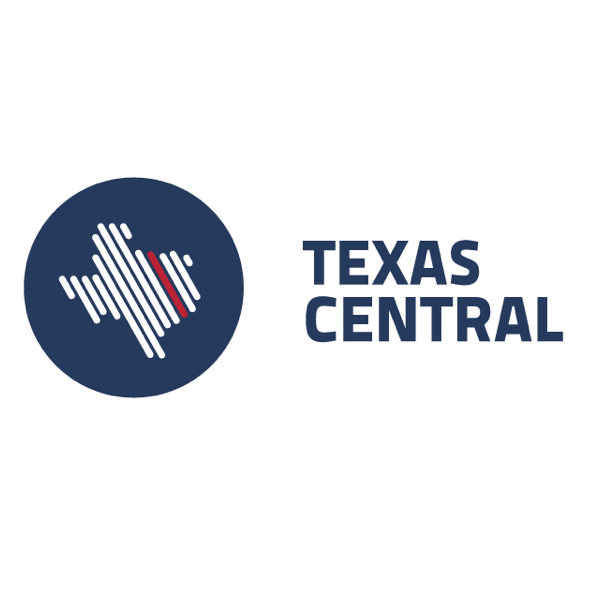
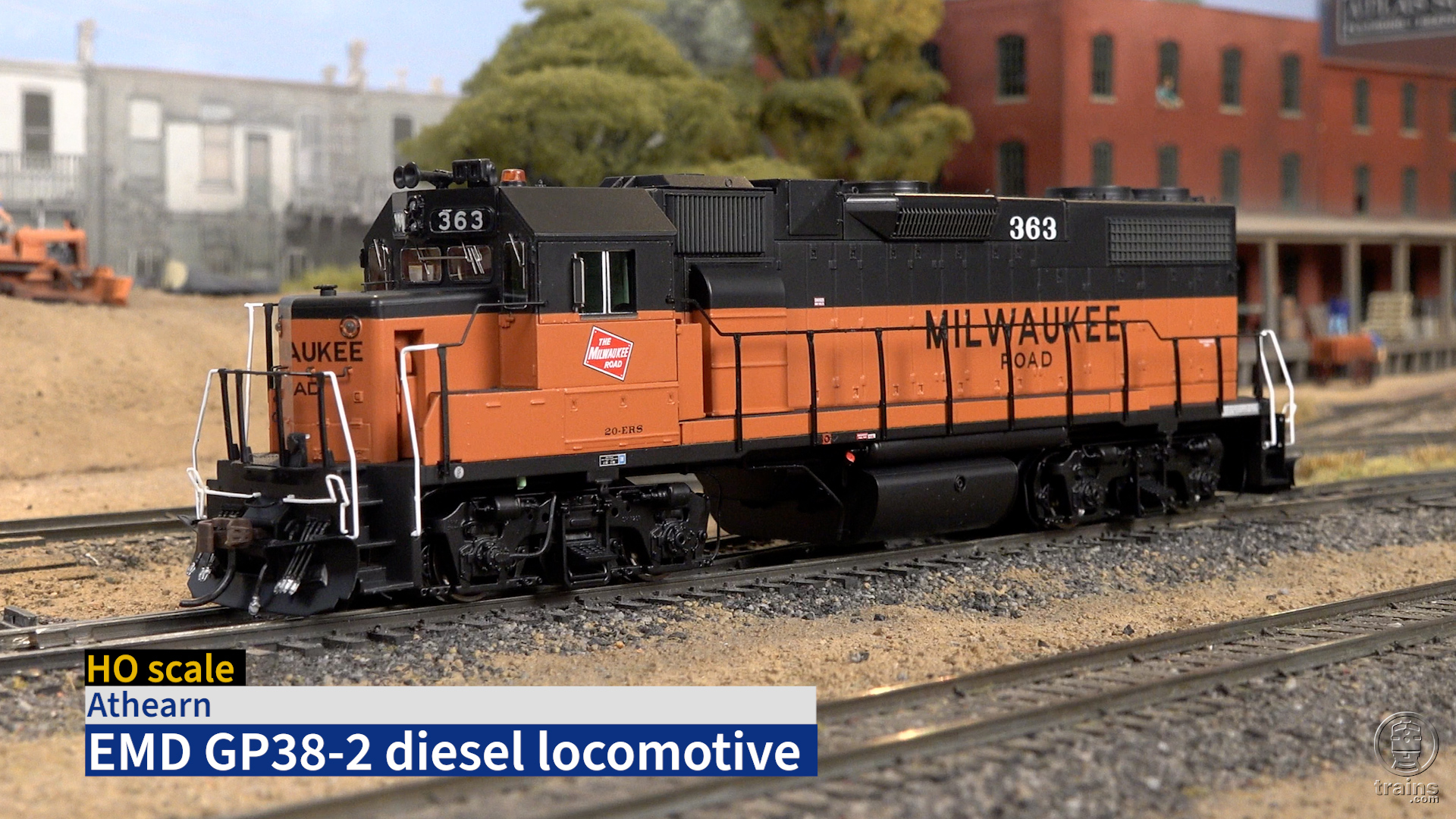




Why does the magazine article say Sunset Limited?
Knowing Kato’s reputation, I expect that these locos will have no derailment problems.